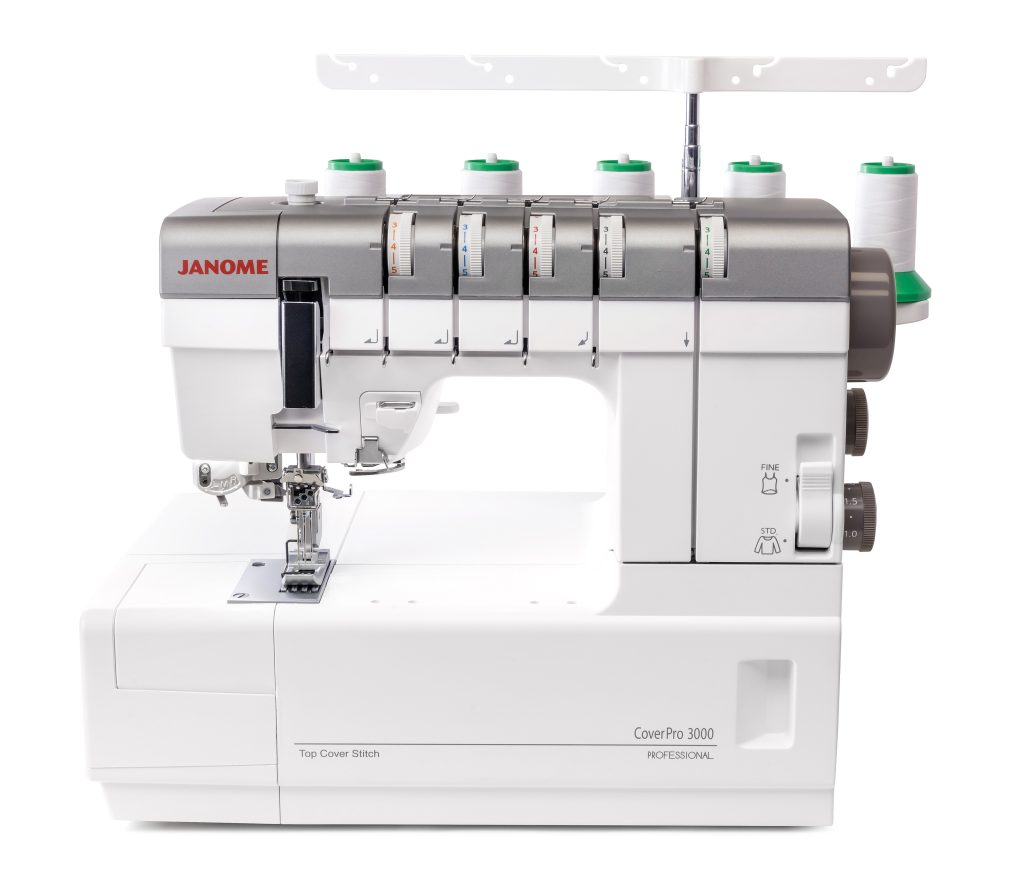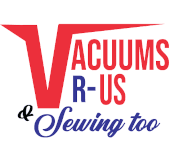Serger Vs. Cover Stitch – Which is Best for You?
When it comes to specialty sewing machines like sergers and cover stitch machines, your creative endeavors can receive a significant boost. These machines offer a wide array of stitching features and functions, although they may look similar at first glance. However, their finishing and decorative capabilities vary greatly. While neither machine can replace your standard sewing machine, each possesses unique qualities and features that add a professional touch to your sewing projects.
Serger Overview
A serger, also known as an overlocker, excels at providing a clean and professional finish to hems, seams, sleeves, and tailored items. It achieves this by trimming seam allowances and securely encasing raw edges in one seamless operation. Although it works best on knits, most sergers can deliver attractive and professional results on various fabric layers, including heavy and lightweight fabrics. These machines, depending on the model, can hold up to eight spools of threads and typically feature two needles. Some sergers operate at impressive speeds of up to 1,700 stitches per minute.
Cover Stitch Overview

Specifically designed for creating professional hems, especially on knit fabrics, the cover stitch machine excels at producing secure, even, and stretchable seams that move harmoniously with the fabric. Similar to a serger, it can also be used to attach lace, elastic, and other trims to garments or sewing projects. Moreover, like a serger, a cover stitch machine enables the creation of beautiful decorative top stitching effects.
What are the Differences?
Many experienced home sewers prefer owning a traditional sewing machine alongside a serger and cover stitch machine. However, if budget or space constraints prevent you from investing in two additional machines, considering the following differences and similarities may help you make an informed decision:
- The primary and most time-saving difference between the two machines is that an overlocker performs dual operations by serging and trimming fabric edges, while a cover stitch machine mainly focuses on creating visible dual lines of stitches for hems.
- Although a cover stitch machine can sew fabrics like a traditional sewing machine, it provides a specialized visible finish on hems.
- The work area of a cover stitch machine is generally larger than that of a serger, although newer serger models may feature extended work areas.
- There is typically less space between the right-hand needle and the machine housing on a serger.
- A cover stitch machine has a single looper to thread, while sergers typically have two.
- Sergers feature two cutting knives that trim uneven fabric edges while stitching, resulting in an even working area, whereas a cover stitch machine lacks cutting knives.
- Most sergers use two needles, but some newer models offer the option of using three or four needles. In contrast, a cover stitch machine generally utilizes three needles.
What are the Similarities?
- Both machines incorporate an adjustable differential feed with a control dial.
- The needle requirements for sergers and cover stitch machines are often specific and not universal, unlike those used in standard home sewing machines. Your owner’s manual will provide the necessary information.
- Both sergers and cover stitch machines perform optimally with fine and strong threads that have smooth or slick surfaces.
- Both machines commonly feature a free arm, making it easier to work on sleeves and small areas, as well as an adjustable presser foot that accommodates thick or multiple fabric layers.
Which is Best for You?
While both machines make excellent additions to any amateur or professional home sewing room, they do have some limitations in terms of their intended purposes. Unless you possess advanced skills as a professional tailor or seamstress, investing in a cover stitch machine primarily designed for professional-grade hems may be considered extravagant. Comparable results can be achieved using a reliable double-needle sewing or embroidery machine that offers a variety of stitch options. On the other hand, a serger is essential for producing strong, secure seams, hems, edge finishes, and decorative stitches at a high speed. Moreover, a serger conveniently trims fabric edges while sewing, eliminating the often-tedious process of doing it by hand.



